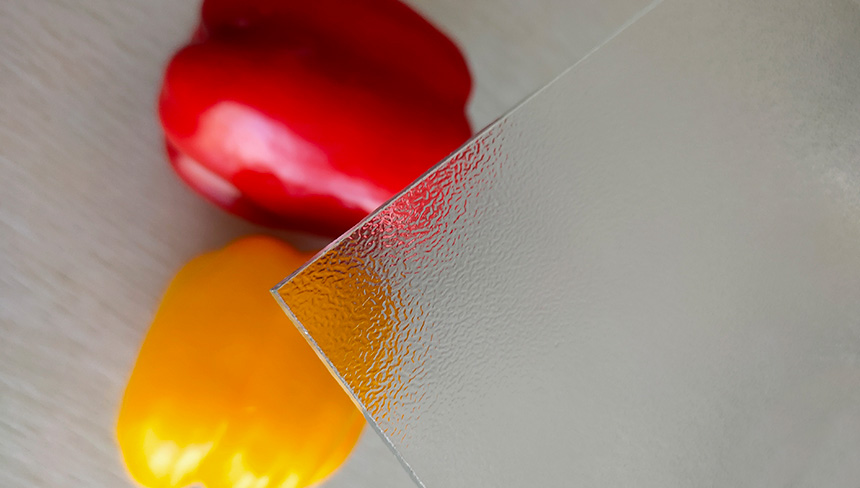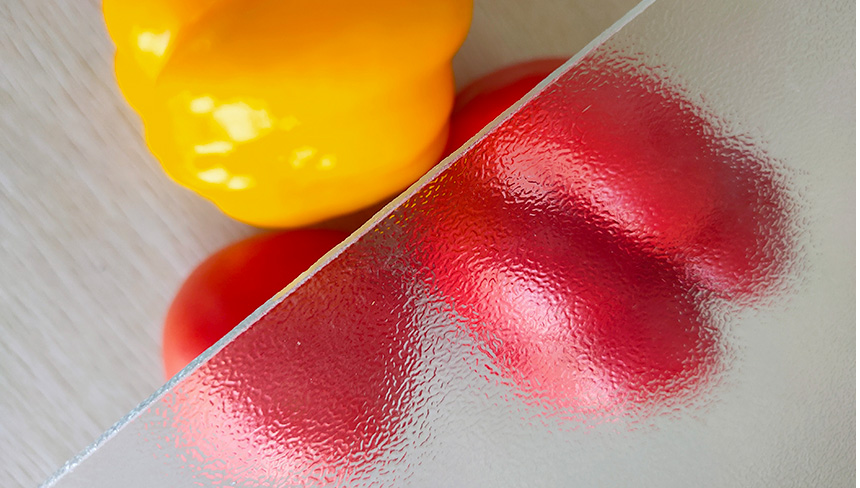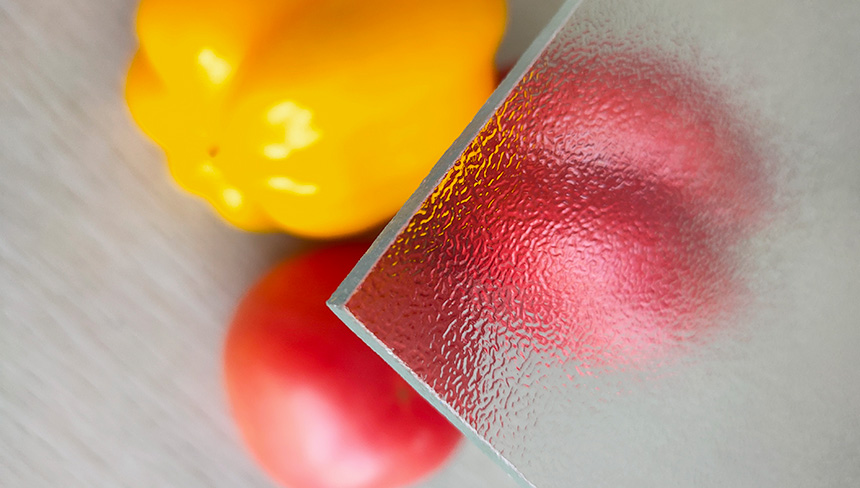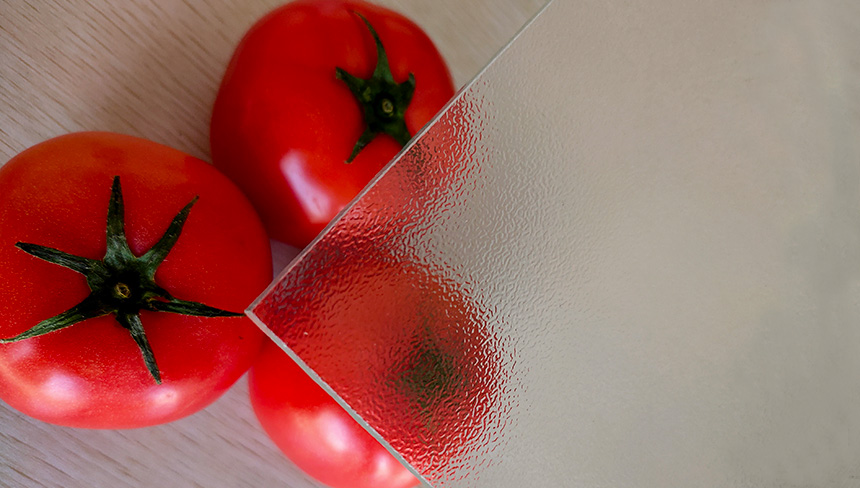
Comparison of two etching methods and sol-gel for anti-reflective glass in horticultural greenhouse
Nowadays, anti-reflective glass for agricultural greenhouses is becoming more and more popular to maximize daylight transmittance. A 1% increase in light can increase crop yields by 1%. The antireflection coating on both sides of the glass panel usually increases the brightness by 6%. Therefore, greenhouses The increase in the production of agricultural products by growers is very impressive.

In greenhouse applications, there are two main types of anti-reflective glass that are transparent or diffusely reflective: acid-etched glass and sol-gel. When etching with acid, anti-reflective properties are produced by the etching of the glass surface. Sol-gel is a coating that adheres to the glass surface and has an anti-reflective function.

The etching method is to immerse the glass in an acid etching solution, the reaction time is up to 30 minutes, and the etching depth of every part of the surface is the same. The etching method is to first temper and then coat. Since the coating process is the last step of AR glass production, the quality of the anti-reflection layer is not affected by subsequent processes, and the quality is better;

Compared with the sol-gel method, especially the pulling method used for double-sided coating, the glass is put forward as soon as it enters the coating solution. Due to the gravity of the coating solution, the film on the upper surface of the glass is thin, and the film on the lower surface is thick. In the sol-gel method, the film is first coated, then dried, and then tempered and sintered. Since the coating process needs to be sintered in the tempering furnace after the coating process, and must be laid flat during tempering, the film quality of the anti-reflection layer is bound to be affected by the tempering furnace, such as ceramic rollers, cracks caused by overheating, etc.;

Using a highly durable greenhouse anti-reflective glass will obtain the best return on investment during the life of the greenhouse.
Tags:anti-reflective glass diffuse glass agricultural greenhouses glass greenhouse venlo greenhouse AR glass greenhouses glass agricultural glass horticultural glass #greenhouseglass #Antireflectiveglass #Diffusetemperedglass #Ultrawhitefloatglass #agriculturalgreenhouseglass #diffuseglass #horticulturalglass #Tomatogreenhouse #Coloredpeppergreenhouse #Lettucegreenhouse #Agriculturalgreenhouse #ARglass #venlogreenhouse #greenhouseglass #Antireflectiveglass #Diffusetemperedglass #Ultrawhitefloatglass #agriculturalgreenhouseglass #diffuseglass #horticulturalglass #Tomatogreenhouse #Coloredpeppergreenhouse #Lettucegreenhouse #Agriculturalgreenhouse #ARglass #venlogreenhouse #GlassManufacturer #invernadero #ArchitecturalGlass #ClearFloatGlass #FloatGlass
Previous:Advantages of tempered anti-reflective glass for agricultural and horticultural greenhouses



















